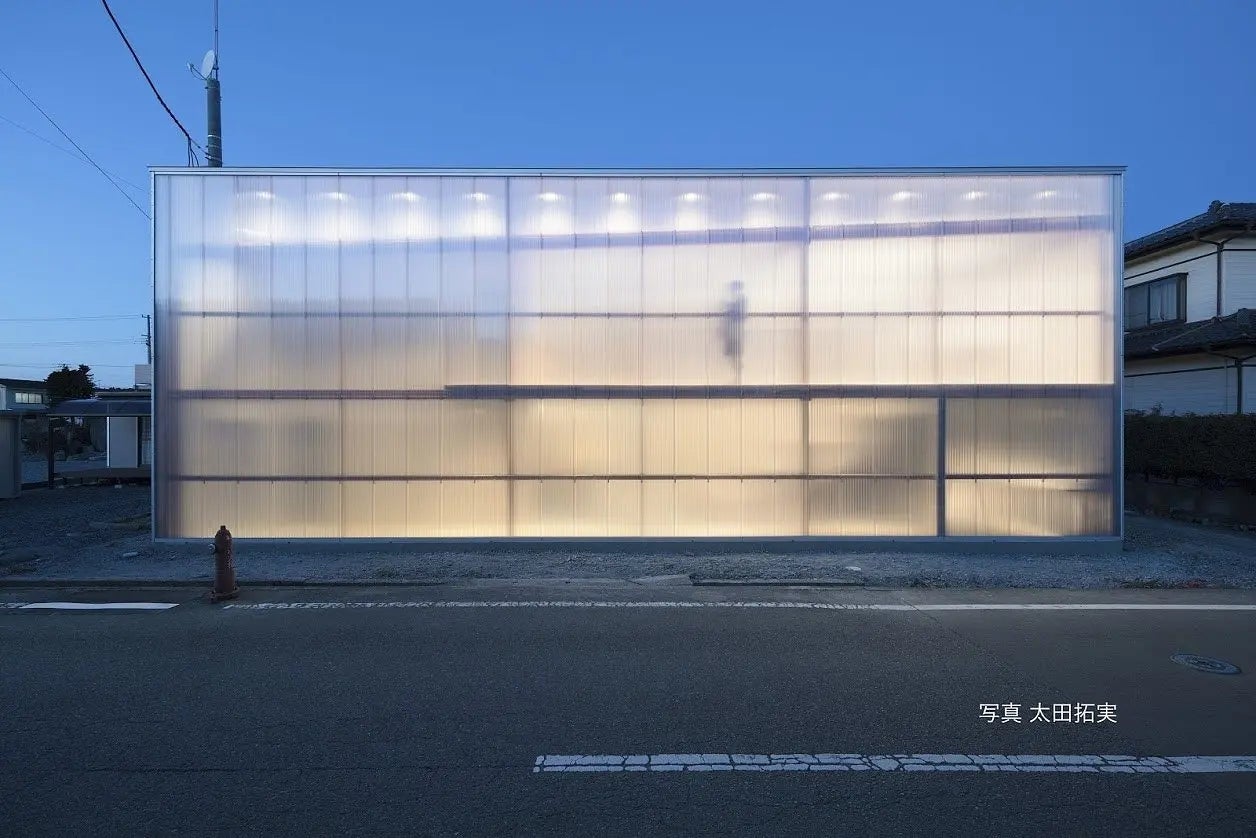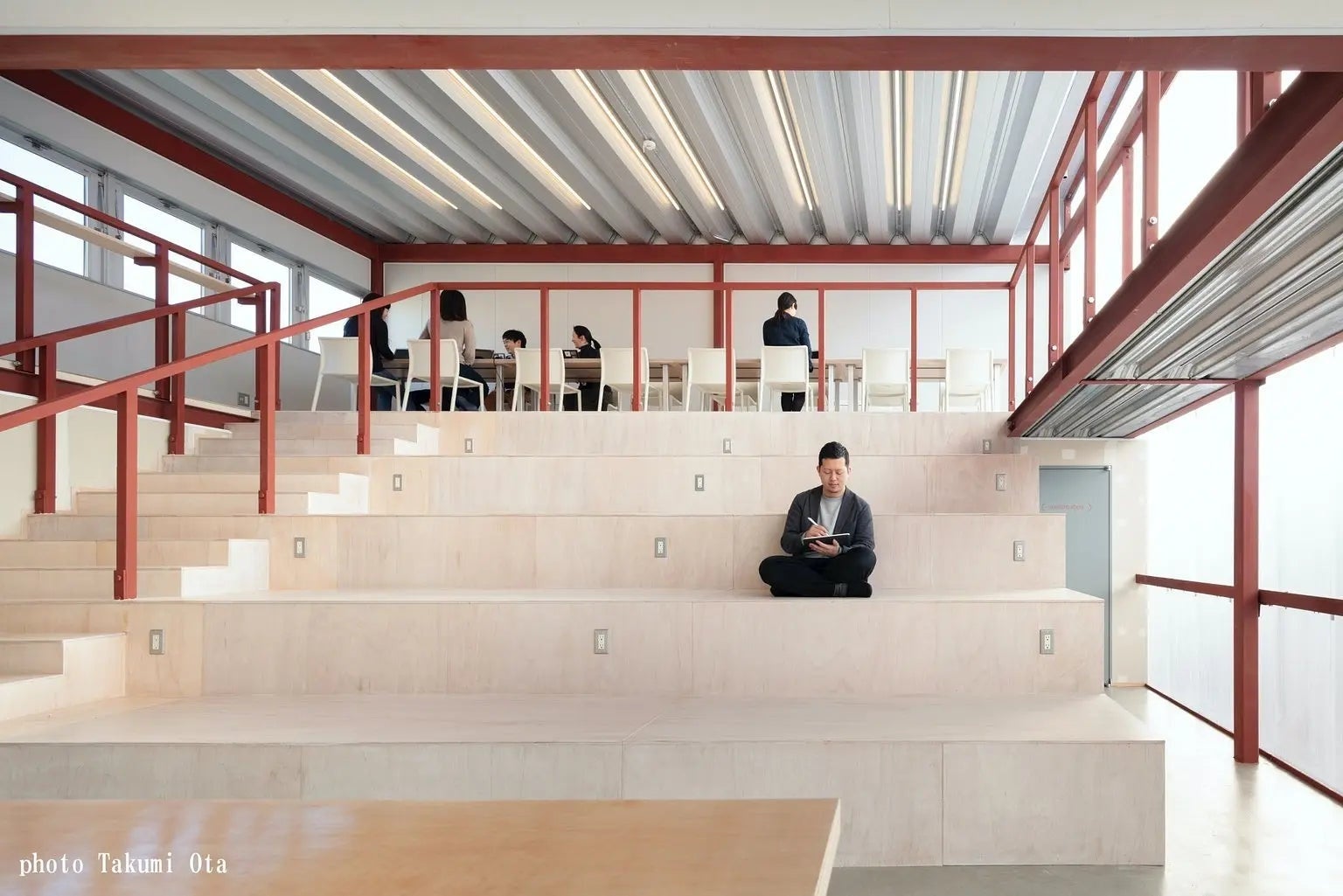The third trip of the travel project for HafH subscribers and Kodaka Pioneer Village to learn about the Great East Japan Earthquake and nuclear disaster included a visit to the East Japan Earthquake and Nuclear Disaster Memorial Museum and participation in the 3.11 Memorial event.
KabuK Style, the operator of the travel subscription service “HafH”, and Kodaka Pioneer Village (operated by the non-profit organization Pionism and Kodaka Workers’ Base Co., Ltd., represented by Tomoyuki Wada), have launched a project in collaboration with members of the “HafH Community,” who are users of HafH, to provide opportunities to learn about the current situation and issues of recovery from the Great East Japan Earthquake. Since January 2023, they have been conducting local fieldwork.
On March 11th and 12th, 2023, they conducted their third on-site fieldwork and participated in the 3.11 Memorial Event held at the Great East Japan Earthquake and Nuclear Disaster Memorial Museum.

About Kodaka Pioneer Village
Kodaka Pioneer Village is a complex facility that opened in March 2019 in the Kodaka district of Minamisoma, Fukushima Prefecture, where residents were not allowed to live for 5 years and 4 months due to the accident at the Fukushima Daiichi Nuclear Power Plant caused by the Great East Japan Earthquake.
The co-working space on site is where local and non-local “pioneers” who are working on starting businesses and community development in the town that was once abandoned, enjoy creating something new every day. The biggest feature is that contact with the local “pioneers” occurs naturally.


Project Overview
<Objective>
To allow people to experience new aspects of travel beyond just “sightseeing” and “entertainment” through the travel subscription service “HafH”.
<Activities>
This project was conducted over three months from January to March 2023, and aimed to deepen understanding of the Great East Japan Earthquake through fieldwork and discussions among participants on location.
For more information on the event, please see here: http://ptix.at/2L59tB
The state of fieldwork
To learn about nuclear disasters, I visited the East Japan Earthquake and Nuclear Disaster Memorial Museum.

Participated in the 3.11 memorial event.

Fieldwork in the area that was hit by the tsunami at that time.

We participated in a market event held in Namie and Okuma towns and interacted with the local people.

Comment from Mr. Fukutaro Noguchi, Community Manager of Odaka Pioneer Village
12 years have passed since that day. This season brings about a strange feeling in me, one that seems both long and short.
For those who were directly affected by the disaster and for those who were not, each person has their own experience of 3.11. I had the opportunity to witness the emotions of the local people who were still struggling with the aftermath.
In this region, many important things were lost, and some places still have a dark shadow looming over them. However, I believe that this area is the most energetic and hopeful place in Japan, where new people, things, and initiatives continue to emerge.
I would be happy if you could visit the Fukushima coastal area not only once, but many times in the future, and experience the changes that are taking place every day.

Comment from HafH user
Although I have been living in Tohoku since the earthquake, I haven’t had many opportunities to learn about the nuclear disaster, so I thought it was a good chance to participate. Also, as a HafH Community project, I wanted to deepen conversations with various people on a common theme.
I have visited the disaster areas several times from the perspective of “tsunami damage,” but through this fieldwork, I learned and felt that there are different challenges and difficulties from the perspective of “nuclear disaster.”
I was impressed by the situation where untouched buildings and unresolved problems were scattered around new initiatives and buildings that were closer in distance.
While continuing to learn and understand what happened at that time and the current situation in the region, I want to contribute from small things, such as visiting Fukushima and actively purchasing local products as it changes.

I wanted to see the current situation in the disaster area, although I had been watching the news about the earthquake and the nuclear power plant accident. So, I participated in the tour. I thought that the recovery was progressing, as the Joban Line was fully reopened in 2020, but when I rode a car from Futaba Station and saw the collapsed houses, I was shocked. Even within the same Futaba town, there were various situations such as newly built buildings nearby.
I was able to see the current situation of the disaster area that I couldn’t know from TV, and I reflected on myself that I didn’t know anything about it. Then, at the folk museum I visited, I learned about the history of the nuclear power plant, the situation at the time of the accident, and the suffering of the residents. I thought that the recovery was still halfway.
On the other hand, at the second day’s market event, I was able to exchange ideas with people who are working towards the future development of the area, and I felt their enthusiasm. Without forgetting the importance of “sangen shugi” (the three principles of Japanese realism), I hope to continue to visit various parts of Tohoku and actively interact with local people to prevent the disaster from fading away.

Some examples of HafH Community’s activities
HafH Community, also known as Hafu Comyu, is an online community composed of HafH members. It was founded in August 2021 and currently has about 500 members. Membership is open periodically.
The community mainly focuses on sharing travel experiences and information, as well as enjoying social activities related to travel. They constantly create various plans and events. In August 2022, they launched two new sections: the SDGs section and the Collaboration section, in which they aim to explore ways to contribute to society and local areas through travel, not only for their own enjoyment.
Currently, HafH Community is looking for partners such as accommodations, companies, and municipalities who share the same vision and would like to collaborate with them in their activities. If you are interested in working with HafH Community, please contact them at the link below, and specify that you are interested in collaborating with HafH Community.
Here are some examples of HafH Community’s activities:
Collaborated with the HafH-affiliated facility, NOGA HOTEL UENO TOKYO, to launch a project that promotes new ways of traveling in Tokyo.
https://prtimes.jp/main/html/rd/p/000000074.000039388.html
Co-planned and operated an official event for “Kanazawa Pride Week 2022” with LINNAS Kanazawa, a HafH-affiliated facility in Kanazawa.
Co-planned and operated an “Art Vacation” project with a HafH-affiliated facility in Wakayama, in which participants can experience art and culture while staying in the local area.
〈About HafH〉 HafH (Home away from Home) is a “Travel Subscription” service that allows guests to stay overnight using “HafH Coins” earned through the service. The service offers a new style of travel, not only for sightseeing and business trips, but also for “living”, “working”, and “changing one’s mind”. As of the end of March 2023, more than 1,700 accommodations in Japan and abroad are available at fixed rates. https://www.hafh.com
〈Company Profile〉 Company name: KabuK Style Co. Representative: Kenji Sunada, CEO and Founder Establishment: January 8, 2019 (Established February 5, 2018) April 1, 2019 Service launch Capital: 2,437 million yen (as of March 2023, total amount of capital raised) Business: Operation of travel subscription “HafH,” lodging and rental operations, travel agency URL: https://kabuk.com
